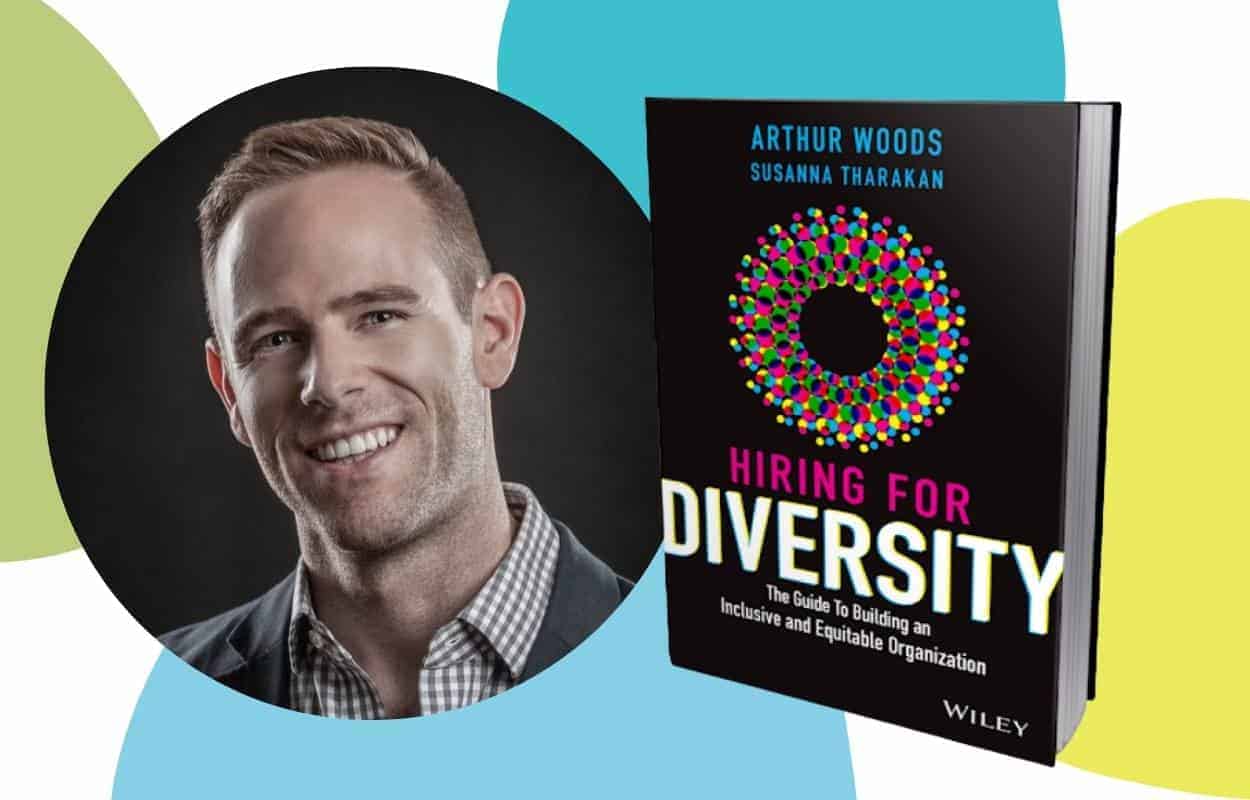The ‘talent squad’ model: a game-changer for creative marketing work
The talent squad model gives brands access to brilliant marketing and creative talent within a system built for blue-sky thinking and efficiency.

If you’ve been in the marketing industry as long as I have, you know a lot can change in a decade or two.
Back in those pre-social media days, you could run a campaign on just a handful of assets. Over a series of weeks, an innovative project idea might work its way through a long string of departmental layers—creatives, account people, strategists, and directors—before landing with the client. If the final result wasn’t quite as creative as it was at conception, well, at least everyone got to add their two cents!
In today’s world, where thousands of Instagram users can view and react to a brand’s message in real-time, that old process just seems quaint. Marketers have to create brand messages practically at light speed, and in this highly reactive culture, they’ve got to do it with specialized skills and vigilant sensitivity.
The good news? Over the last few years, a new marketing paradigm has emerged. As the managing director of creative strategy at We Are Rosie, I got to help shape this new approach, which we call the “talent squad model.” Not only does this new manner of working solve the timing issue, but it also tackles some of the other problems that have plagued both creatives and clients at traditional agencies.
And let’s just say it: Those problems are getting harder to ignore. With their many departments and regulations, agencies have become unwieldy behemoths. Not only do layers of personnel put a damper on creativity, but all it takes is one of those layers to put the agency’s needs before the client’s, and a great idea gets snuffed out.
Sadly, this often happens at the very top. The constant churn of agency-client relationships can lead to a fraught atmosphere that keeps both CMOs and their agency partners from pushing a brand creatively. When CMOs are fearful for their jobs, the whole team must play it safe. And everyone suffers.
All these issues have combined to bring a stressful feeling to agency life. So, for the last decade, creatives—exhausted by long and inflexible work hours and frustrated by stifled innovation—have been exiting their firms in huge numbers. In fact, the turnover rate at creative agencies was 31.5% last year, according to IPA’s 2023 agency census. Especially in these post-COVID times, more skilled marketers have seized the freelancing option to achieve a healthier work-life balance. The result? Traditional agencies are losing their best talent. The most sought-after marketing minds have taken to the street.
And since 2018, We Are Rosie has been quietly snapping them up, inviting these talented freelancers to join our ranks. Right now, the Rosie community is about 32,000 strong and growing.
The talent squad model: what is it and how does it work?
We approach marketing projects much differently. We offer a modern-day alternative that gets the job done quickly, competently, and by the right people. This magic happens through a new service we call Run by Rosie.
Run by Rosie is an orchestrating system within We Are Rosie that provides “talent squads”—specialized teams of talent—to brands. Basically, we pair Rosies with projects, hand-selecting creatives based on each individual brief that we’re given.
When the alcoholic beverage company Diageo was launching a limited edition tequila under its Don Julio brand, they wanted a cutting-edge campaign targeted toward millennial women. But when the brand manager met with her AOR, she looked around the room and noticed that most of the agency folks were men. So she came to We Are Rosie and asked, “Could you build me an all-female team for this project?”
We pulled together a team that not only reflected her target audience but also had specific expertise within the required channels. And being a remote-first company, we weren’t limited by geography, either. We found a creative director who knew how to speak to women of millennial age and below. We pulled in a social strategist who was a sneakerhead and very into the culture of the target demo. And then we added a PR expert with experience working on luxe brands.
In other words, the Rosie team was all women, all experts in their field, and all able to bring awareness to Don Julio’s target audience.
How freelancers benefit from the talent squad model
The Rosies on that Don Julio team benefited from a work situation that was free of the red tape and politics that inhibit so many agency workers. They had the flexibility to plan their own schedules and the space they needed to do their best creative work. And they each had the comfort of knowing that their teammates were well-vetted—and similarly invested in the project.
From the beginning, We Are Rosie’s mission has been to take a more human-centric approach to the work. We believe that a happy marketer is a creatively fruitful one. So, we’re all about taking care of the talent. We understand that deadlines happen, and there are times when a marketer must prioritize a project. But we also try to ensure that the team has the space they need to do their best work and that the nature of the work fits within each member’s season of life. If a Rosie tells us they only have 20 hours a week, then we won’t match them with a highly work-intensive project. At the same time, we’re able to pair ambitious Rosies with some of the biggest Fortune 500 companies—and get them the salaries they deserve for great work.
Why brands are turning to the talent squad model
When a brand uses a talent squad, it acquires a group of experienced freelancers who know how to come in and get right to work. They onboard quickly, asking the right questions, because they’re used to going from brand to brand. They’re excited to take on novel projects because fresh starts and new ideas are their stock in trade.
Another boon for brands: When they get direct access to their marketing team, the whole process becomes more efficient.
We saw that happen recently when we built a team for the UPS Capital Insurance Agency, the insurance arm of UPS. The executives there were thrilled to hear directly from our creative director, art director, and copywriter. Rather than having to deal with an account manager who relayed information back and forth, they got to interact with the actual people who came up with the ideas. They were able to give their feedback, and the team could brainstorm in real-time, hearing the client’s concerns and acting on them.
This project was essentially about making insurance fun—not necessarily an easy task! But with 30,000 Rosies to choose from, we were able to create a team of experts that perfectly fit the bill. We began by pulling in some freelancers with a deep background in the insurance industry and the travel industry. But we also wanted to include someone who could add a little playfulness, so we brought on a copywriter and content strategist who was experienced in fun social media campaigns. She was able to add a light and upbeat tone to what might have been a mundane topic. The end result? A detailed and informative campaign with a lively twist.
We can also put together a small team of Rosies for a “creative sprint.” In that case, we assemble a group of freelancers based on a brand’s brief, and in 48 hours, they get into blue-sky thinking and churn out several big ideas. Perhaps the brand already has a creative team, but they just need to jump-start the project. Or maybe they ask the Rosie team to prepare a strategy on the side, which gives the brand more creative options to choose from. Without a large time or financial commitment, the brand can take the ideas as their own, modify them to fit their needs, or even engage a team of Rosies to execute the vision.
As brands try to reach more groups while navigating the pitfalls of cultural appropriation and misunderstanding, Run By Rosie can help here, too. We simply curate a team of qualified marketers who are part of or deeply connected to the target market. The all-Black team we put together for Meta (to market their Black Creators Program) was so successful that Meta asked us to build an all-Latinx team for their initiative.
Years of creative decline at traditional agencies have diminished the marketing industry’s reputation as a place for dynamic and inventive young people to build careers. But that same depletion has sparked needed change—and spurred on innovative solutions that are moving the industry forward. The talent squad model puts people first, clearing a space for creative ideas to once again take center stage.

.webp)